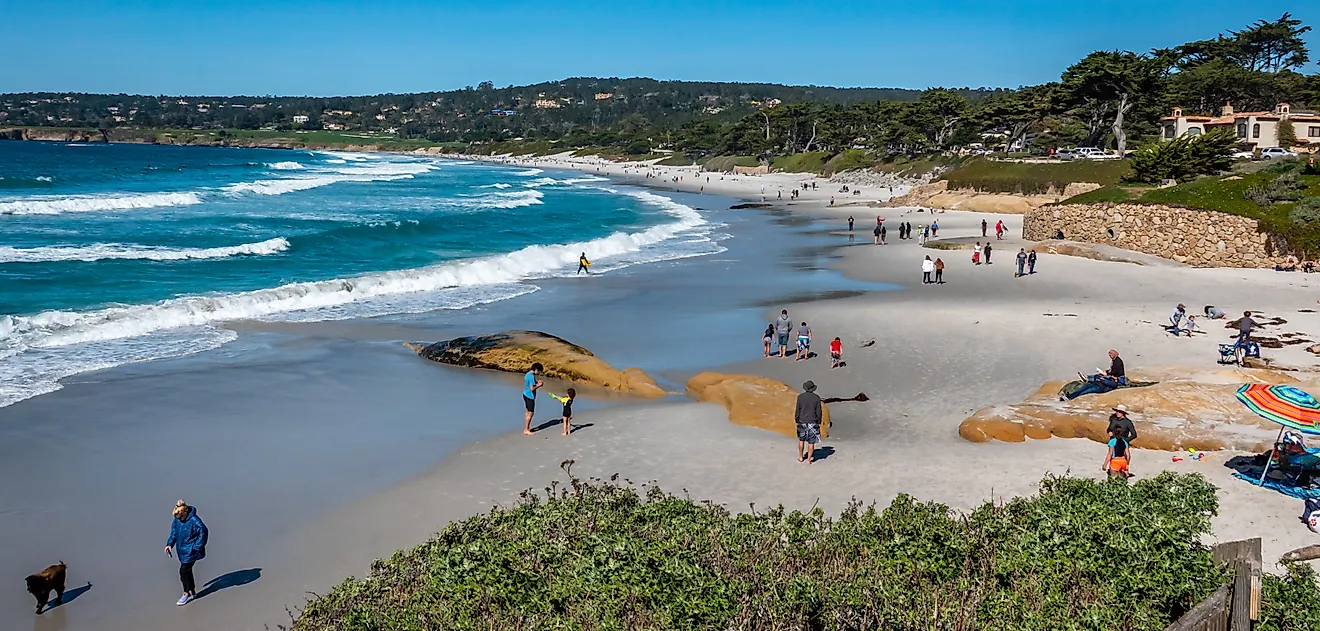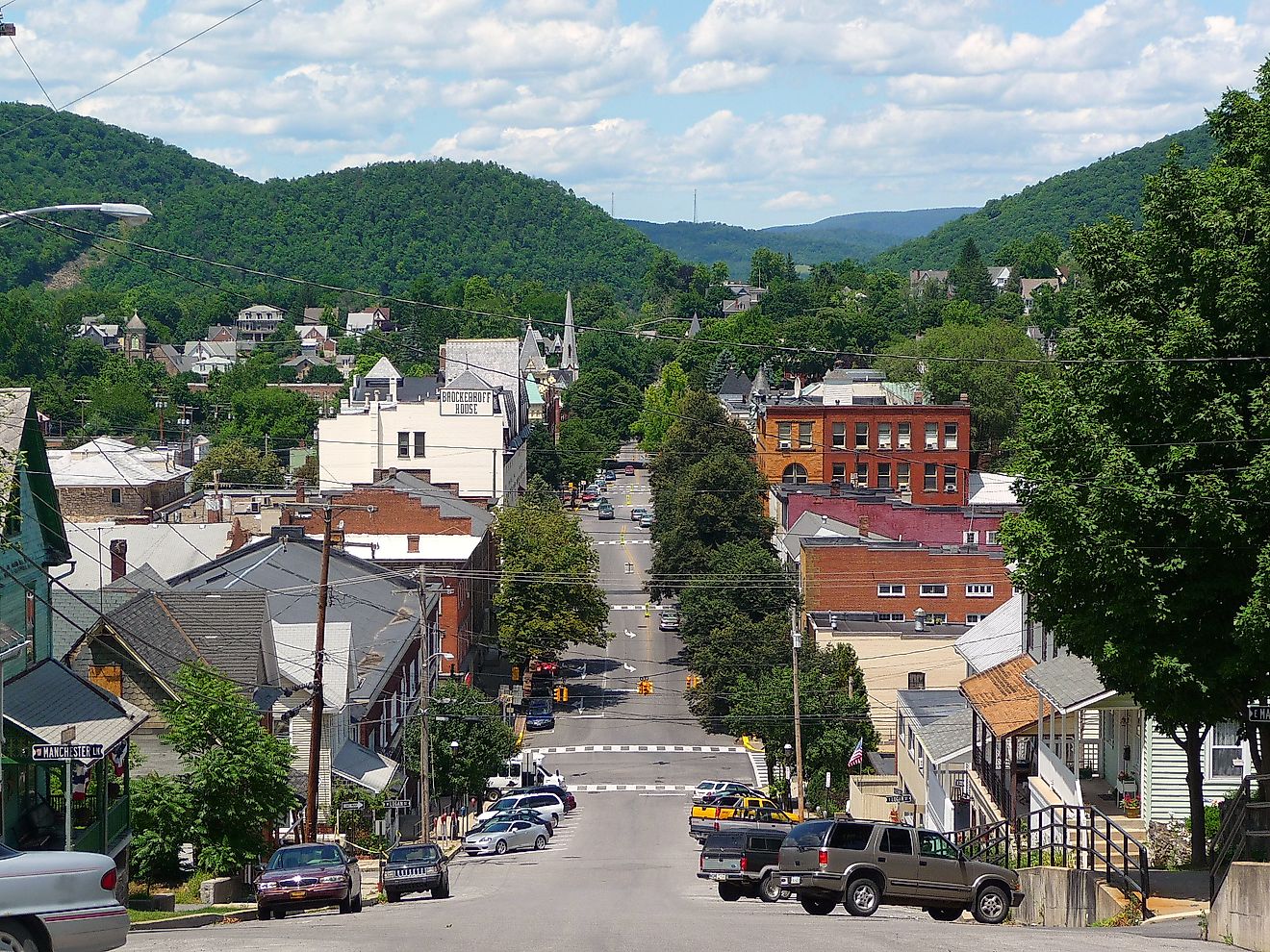
Dinosaur Provincial Park, Canada
Covering an area of 661,848 km2, the landlocked province of Alberta is situated in the west-central part (Prairie region) of Canada. The southeastern part of Alberta features the Alberta badlands, which are primarily characterized by eroded, barren landscapes.
Situated in these badlands of southeastern Alberta is the Dinosaur Provincial Park. The park occupies an area of 73.29 km2 and is located in the Red Deer River Valley in the County of Newell, about 48 km northeast of the Canadian city of Brooks. In 1979, the Dinosaur Provincial Park was declared a natural UNESCO World Heritage Site.
Geography

The Dinosaur Provincial Park is widely known for hosting some of the world’s most extensive dinosaur fossil beds. The park boasts a huge fossil assemblage of more than 500 species from all forms of life, including microscopic spores, plants, fish, turtles, amphibians, flying reptiles, lizards, and mammals.
About 58 different dinosaur species from the Late Cretaceous have been discovered in the park. The Dinosaur Provincial Park features a variety of high-quality fossils, which represent over 45 genera and 14 families of Cretaceous dinosaurs, dating back about 75 million years. The most represented dinosaur families are the Ceratopsidae, Dromaeosauridae, Tyrannosauridae, and Ornithomimidae.

It is believed that during the Late Cretaceous epoch, the landscape of the present park was completely different. It was mostly a swampy river delta that was composed of dense forests of giant redwood and palm trees. This swampy region was then home to many animals including the dinosaurs. In due course of time, the silt deposited by the rivers eventually converted into sedimentary rocks that preserved the dinosaur fossils. About 13,000 years ago, at the end of the last glacial period, the thick glacial ice sheet eroded the upper layers of rock and the massive meltwater rivers shaped the Red Deer River Valley with badlands, mesas, buttes, and hoodoos, in turn exposing the extensive dinosaur fossil beds.
The sediments of the Dinosaur Provincial Park span a period of over 1.5 million years and date back to the late Campanian age of the Late Cretaceous epoch. The exposed sediments form a part of three distinct geological formations: the oldest terrestrial Oldman Formation at the base, the terrestrial Dinosaur Park Formation at the middle, and the marine Bearpaw Formation at the top.

The Dinosaur Provincial Park experiences a continental semi-arid climate with warm summers and cold dry winters. The average winter temperature ranges between -18 to -25 °C and is sometimes moderated by high westerly winds. The warm summers are characterized by low humidity and rapid cooling during the evening. The park receives a mean annual precipitation of 406 mm, mostly during the early summer and late spring seasons.
Wildlife

The Dinosaur Provincial Park supports a complex ecosystem with three distinct habitats including the badlands, the prairie grasslands, and the riverside cottonwoods. Willow trees and cottonwood forests are found along the riverbanks along with tall shrub thickets. The hot dry badlands are dominated by cacti, sagebrush, and shrublands. The landscape above the valley rim is covered by prairie grasses.

Some of the notable animals that are found in the park include the cottontail rabbits, coyotes, white-tailed deer, pronghorns, and mule deer. Reptilian species like the bull snake, the prairie rattlesnake, and the red-sided garter snake are also found. More than 165 species of birds are observed during the spring and summer seasons in the Dinosaur Provincial Park. These include the Canada geese, ferruginous hawks, curlews, mountain bluebirds, loggerhead shrikes, prairie falcons, and golden eagles.
Brief History

Though the Indigenous Blackfoot people who inhabited the lands of the park for centuries had found some fossils, which they referred to as "the grandfather of the buffalo," the dinosaur bones were first known to white Europeans in the early 1880s. Several large-scale excavations were later conducted by Barnum Brown and Charles H. Sternberg. To preserve the fossil beds and as a part of the 50th Jubilee Year of Alberta, the “Steveville Dinosaur Provincial Park” was established on June 27, 1955, under the Alberta Provincial Parks Act. The Park was renamed the “Dinosaur Provincial Park” in 1962. In 1970, the Park was declared as a Nature Preserve.
On October 26, 1979, the Dinosaur Provincial Park was designated as a natural UNESCO World Heritage Site. According to Parks Canada, from 1979 to 1991, more than 23,347 fossil specimens were collected, which included approximately 300 dinosaur skeletons from 35 distinct dinosaur species. The Dinosaur Field Station of the Royal Tyrrell Museum of Palaeontology is also located in the Dinosaur Provincial Park. It was opened in 1987 to facilitate the scientific analysis and exhibition of dinosaur fossils.











